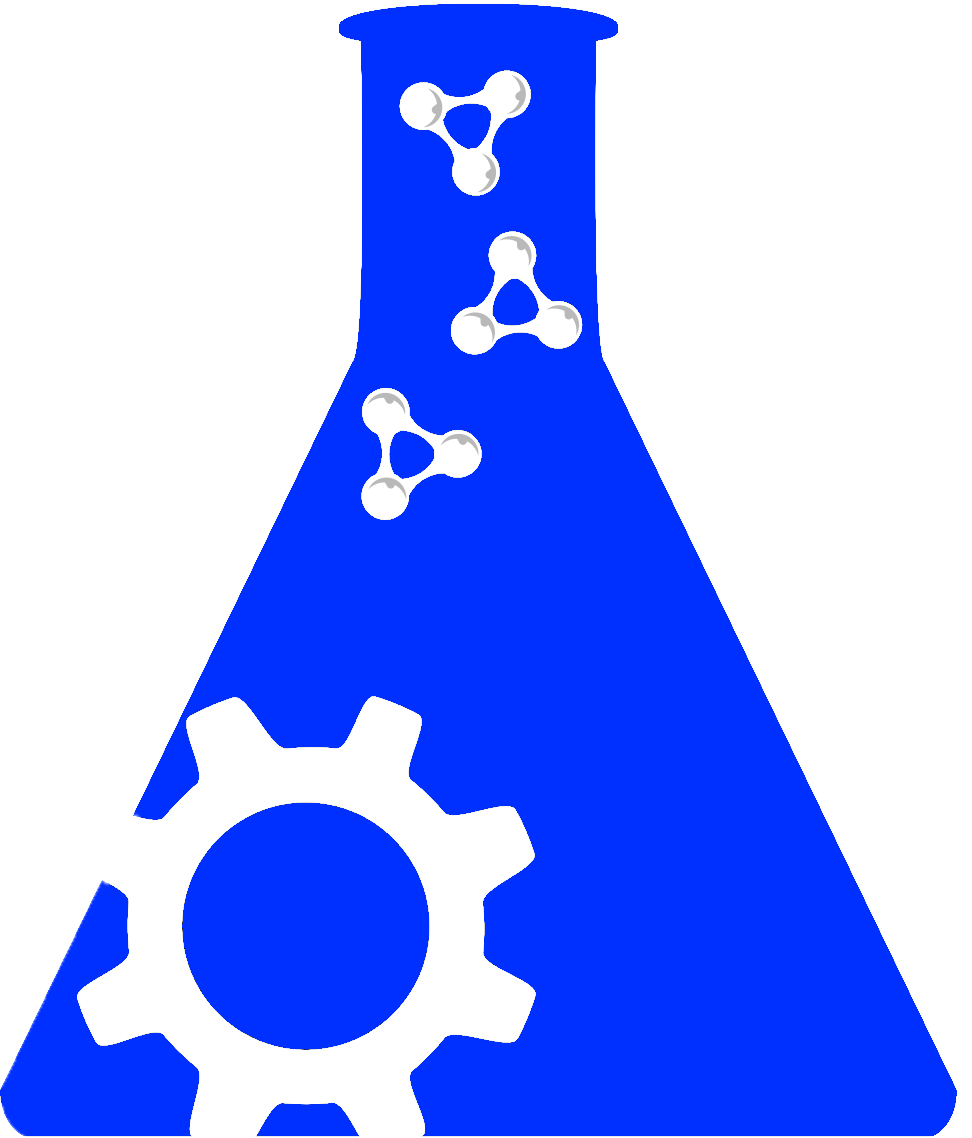Full Data Package |
Data Dictionary |
Methodology |
||||
|---|---|---|---|---|---|---|
Create new odc-sci Account and/or log in to download the file. |
||||||
Differences in anatomical outcomes between early chronic (8w) and far chronic (26w) time points after transplantation of mouse spinal cord neural progenitor cells into sites of cervical (C4) dorsal column lesion SCI in male and female miceDOI:10.34945/F5XK5QDATASET CITATIONDulin J. N., Baltazar A. (2023) Differences in anatomical outcomes between early chronic (8w) and far chronic (26w) time points after transplantation of mouse spinal cord neural progenitor cells into sites of cervical (C4) dorsal column lesion SCI in male and female mice. Open Data Commons for Spinal Cord Injury. ODC-SCI:887 http://doi.org/10.34945/F5XK5QABSTRACTSTUDY PURPOSE: Spinal cord injury (SCI) affects millions of people worldwide. Neural progenitor cell (NPC) transplantation is a promising treatment for regenerating lost spinal cord tissue and restoring neurological function after SCI. However, relatively few studies have previously investigated anatomical outcomes at far chronic time points following NPC transplantation. This is a critical topic to investigate, given that stem and progenitor cell therapies would need to remain in place throughout the lifetime of an individual. We sought to determine how commonly assessed anatomical outcomes evolve between the early and far chronic time points post-NPC transplantation.DATA COLLECTED: Abbreviated Methods: (More detailed information can be found in the Methodology document.) Male and female C57BL/6 mice (17-33 g) were used for the study. Cervical (C4) dorsal column lesion SCI was performed, followed by immediate transplantation of GFP+ E12.5 mouse spinal cord neural progenitor cells. Three mice were excluded due to premature mortality. At either 8 weeks (n=13) or 26 weeks (n=14) following transplantation of NPCs into sites of cervical SCI, mice were perfused. We evaluated graft neuronal density, astroglial cell density, graft axon outgrowth, and regeneration of host axon populations into grafts.CONCLUSIONS: We found that graft neuronal density does not change over time, but the numbers of graft-associated astrocytes and GFAP intensity is significantly increased in the far chronic phase compared to the early chronic time point. In addition, graft axon outgrowth was significantly decreased at 26w post-transplantation compared to 8w post-transplantation. In contrast, corticospinal axon regeneration into grafts was not diminished over time, but rather increased significantly from early to far chronic periods. Collectively, these results demonstrate that NPC transplants are dynamic and that commonly assessed outcome measures associated with graft efficacy evolve over the weeks to months post-transplantation into the spinal cord.KEYWORDSSpinal Cord Injury; dorsal column tract; Neural Stem Cell; CGRP; corticospinal tract; regeneration; neural progenitor cell; cell transplantationPROVENANCE / ORIGINATING PUBLICATIONSRELEVANT LINKSNOTES |
DATASET INFOContact: Dulin Jennifer (jdulin@bio.tamu.edu)Lab: Dulin lab
|
|





